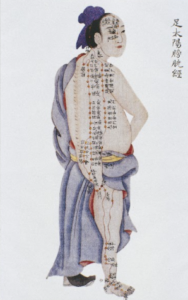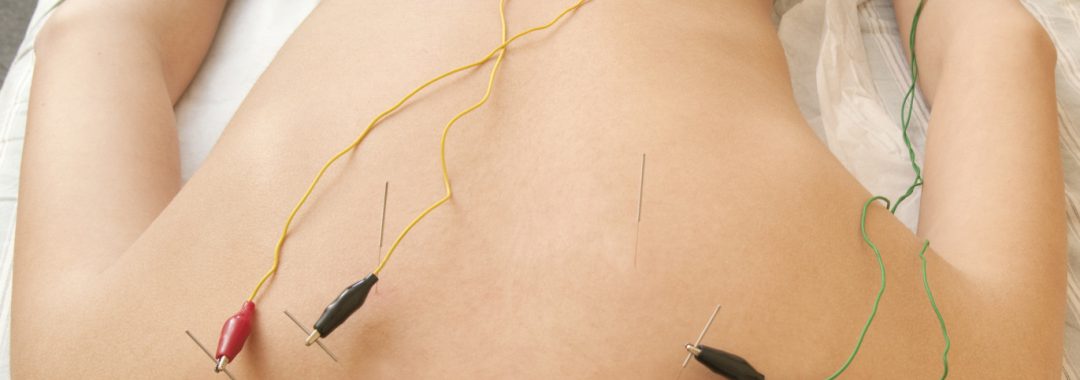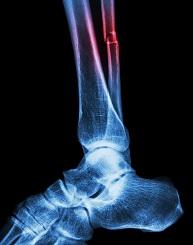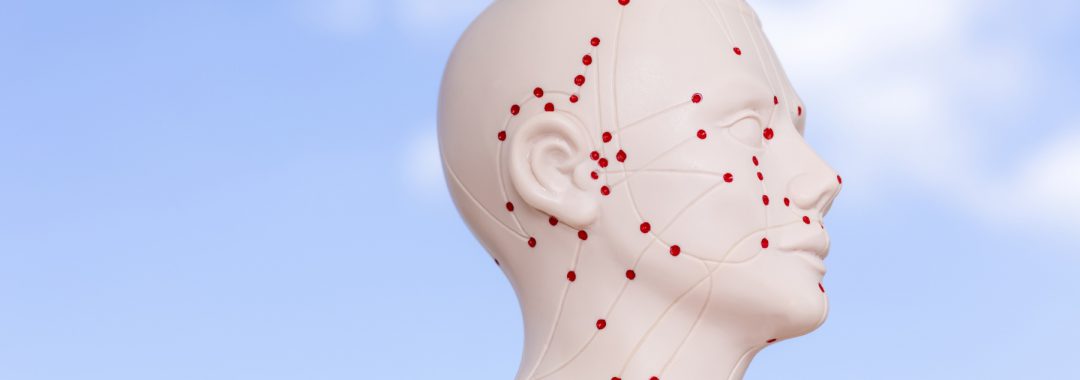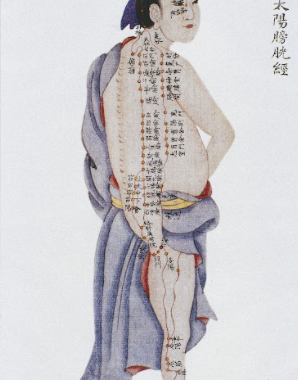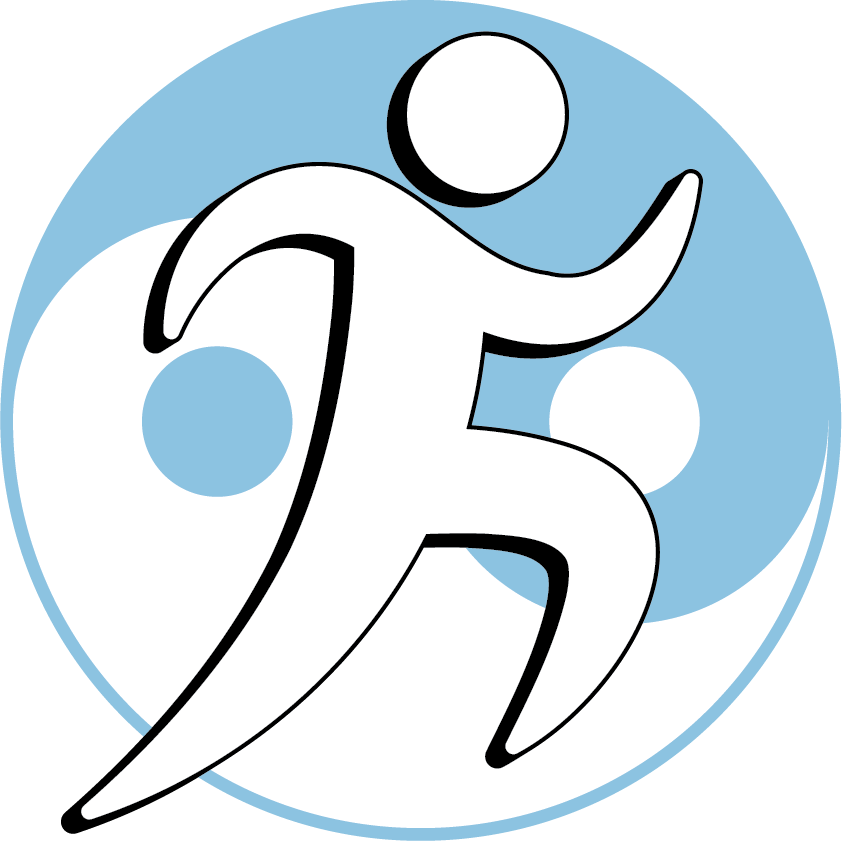| Class Content | Notes |
|---|---|
| How Interactive E-books work: Read this first | View Guide |
|
Stabilizing Joints with Ligamentous Prolo-Acupuncture |
View Slideshow |
|
|
Category Archives: E-Books
Low Back, Core and Pelvic Girdle — Class Notes & E-book
| Class Content | Notes |
|---|---|
| How Interactive E-books work: Read this first | View Guide |
| Class Preparation: Anatomy Review | Review Guide |
| Recommended Medical Texts and Equipment For Acupuncture Orthopedics |
View Guide |
| Low Back, Core and Pelvic Girdle: History & Physical Exam | View Slideshow |
| Low Back, Core and Pelvic Girdle: Diagnoses, Patterns, Treatment | View Slideshow |
| Clinical Anatomy | View Notes |
| Urgent & Serious Medical Conditions | View Notes |
| Taking A History of Low Back and Pelvic Girdle Complaints | View Notes |
| Oswestry Low Back Disability Questionnaire | View Questionnaire |
| Physical Exam of Lumbo-sacral, Gluteal, Abdominal and Pelvic Girdle Complaints | View Notes |
| Guide to Using the Physical Examination Flow Charts | View Guide |
| Flow Chart Legend | View Legend |
| Leg Exam Dysesthesias Flowchart | View Chart |
| Spinal Radicular Exam Flowchart | View Chart |
| Upper Motor Neuron Exam Flowchart | View Chart |
| Lumbar AROM Extension Flowchart | View Chart |
| Lumbar AROM Flexion Flowchart | View Notes |
| Lumbar Exam - Anatomic Norms & Documentation | View Notes |
| Diagnosis & Treatment Overview of Lumbo-sacral Spine, Gluteals, Abdomen, Pelvic Girdle | View Notes |
| Differentiating Neuropathic from Non-neuropathic Leg Pain Syndromes | View Table |
| Extension Disorders: Facets, Sacroiliac Joint and Stenosis | View Notes |
| Flexion & Disc Disorders | View Notes |
| Lumbar Radicular & Cord Lesions | View Notes |
| Diagnosis & Treatment of Sacroiliac Joint & Other Lumbar Spine Disorders | View Notes |
| Erector spinae | View Chart |
| Multifidi | View Chart |
| Quadratus lumborum | View Chart |
| Iliopsoas | View Chart |
| Gluteus maximus | View Chart |
| Gluteus medius | View Chart |
| Gluteus minimus | View Chart |
| Piriformis | View Chart |
| Abdominals: laterals/obliques and transversarius | View Chart |
| Abdominals: rectus abdominus | View Chart |
| Sample Patient Handout: Back Care Plan | View Plan |
| Course Objectives | View Notes |
Shoulder, Arm, Hand – Class Notes & E-book
This content is restricted to buyers of:
- Shoulder, Arm, Hand: In-Person Class — Oakland CA
- Shoulder, Arm, Hand: Review and Practicum Lab — Oakland CA
- Shoulder, Arm, Hand — Live Webinar
- Shoulder, Arm, Hand — Distance-Learning Course
- Shoulder, Arm, Hand: Review and Practicum Lab — Vienna VA
- Shoulder, Arm, Hand: In-Person Class — In-Person Class Vienna VA
Head, Neck, Thorax — Class Notes & E-book
This content is restricted to buyers of:
Complex and Chronic Pain: Class Notes & E-book
| Class Content | Notes |
|---|---|
| Guide to Interactive E-Books: Read this First! | View Guide |
| Complex Regional Pain Syndrome, Reflex Sympathetic Dystrophy, & Causalgia | Slideshow |
| Introduction & Overview of Complex & Chronic Pain | View Notes |
| Central Nervous System Hypersensitization | View Notes |
| History and Exam for Complex & Chronic Pain | View Notes |
| Treatment Overview | View Notes |
| Complex Regional Pain, Phantom Limb, and Post-Herpetic Neuralgia Syndromes | View Notes |
| Nutritional modification/supplementation for nerve injuries and pain | View Notes |
| Fibromyalgia Syndrome | View Table |
| Differential Diagnosis: Myofascial Pain, Fibromyalgia, and Polymyalgia Rheumatica | View Notes |
| Primary Headaches: Migraine and Tension-Type | View Notes |
| Chronic Myofascial Pain Syndrome | View Notes |
| Sleep Recommendations for Optimal Healing | View Notes |
| General Counseling and Interventions for Psycho-social and Behavioral Factors | View Notes |
| Beck Depression Inventory | View Form |
| Waddell Fear Avoidance Beliefs Questionnaire | View Form |
| FMS Exam Diagram | View Chart |
| Generalized Anxiety Disorder Scale | View Form |
| Headache Disability Index | View Form |
| Migraine Disability Assessment Test | View Form |
| Mind Body Relationship Schematic | View Notes |
| Mind-Body Newsletter | View Notes |
| Segmental Neuro-modulation: Electro-acupuncture at Affected Levels | View Table |
Class Notes & E-book Library
Alphabetized & Searcheable
| Class | Notes/E-books |
|---|---|
| Acupuncture Orthopedics Essentials I: Fundamentals | View Notes/E-book |
| Acupuncture Orthopedics Essentials II: Physical Exam, Diagnosis, and Treatment Principles | View Notes/E-book |
| Acupuncture Orthopedics Essentials III: Myofascial Trigger Point and Joint Stabilization/Mobilization Needling | View Notes/E-book |
| Acupuncture Treatment of the Jing-Jin (“Sinew Meridians”): Introduction | View Notes/E-book |
| Acupuncture Treatment of the Shaoyang Jing-Jin (“Sinew Meridian”): the Lateral Tract | View Notes/E-book |
| Acupuncture Treatment of the Taiyang Jing-Jin (“Sinew Meridian”): the Posterior Tract | View Notes/E-book |
| Acupuncture Treatment of the Yangming Jing-Jin (“Sinew Meridian”): the Anterior Tract | View Notes/E-book |
| Acupuncture Treatment of the 3 Yin Jing-Jin (“Sinew Meridians”): the Medial and Axial Tracts | View Notes/E-book |
| Advanced Cupping for Orthopedic Conditions | View Notes/E-book |
| Building Your AOM Practice | View Notes/E-book |
| Calf, Ankle, Foot | View Notes/E-book |
| Clinical Applications of AOM Research | View Notes/E-book |
| Complex and Chronic Pain | View Notes/E-book |
| Electroacupuncture for Orthopedic Conditions | View Notes/E-book |
| Exercise Therapy for Acupuncturists | View Notes/E-book |
| Head, Neck, Thorax | View Notes/E-book |
| Hip, Thigh, Knee | View Notes/E-book |
| Low Back, Core and Pelvic Girdle | View Notes/E-book |
| Medical Documentation: Essential Best Practices | View Notes/E-book |
| Myofascial Gua Sha for Orthopedic Conditions | View Notes/E-book |
| Overview of Acupuncture Orthopedics: Road Maps to Clinical Success | View Notes/E-book |
| Professional Ethics and Risk Management | View Notes/E-book |
| Report-Writing for Managed Care: HMO, Personal Injury & Workers Compensation | View Notes/E-book |
| Shoulder, Arm, Hand | View Notes/E-book |
| Starting Your AOM Practice | View Notes/E-book |
Report Writing for Managed Care: HMO, Personal Injury, & Workers Compensation Class Notes
This content is restricted to buyers of:
Avoiding Lawsuits: Safety & Ethics for Acupuncture Clinics — Class Notes & E-book
| Class Content | Notes |
|---|---|
| How Interactive E-books work: Read this first | View Guide |
| Avoiding Lawsuits I: Essential Principles and Practices | View Slideshow |
| Avoiding Lawsuits II: Clarifying Gray Areas in Scope of Practice & Consent | View Slideshow |
| Avoiding Lawsuits III Standards of Care, Safety & Documentation | View Slideshow |
| Avoiding Lawsuits IV: Ethics & Laws in Marketing and Billing | View Slideshow |
| Supplement: California's Scope of Practice -- Clarifying the "Gray Areas" | View Slideshow |
| NCCAOM Code of Ethics | View Document |
| Appendix: Instructions to Jurors Regarding Informed Consent | View Document |
| Appendix: Sample Attorney and Expert Witness Interview of an Injured Patient | View Notes |
| CNT Manual 7th Edition | View Document |
Acupuncture Treatment of the Taiyang Jing-Jin (“Sinew Meridian”): the Posterior Tract
With Instructor Anthony Von der Muhll, L.Ac., DAOM, DNBAO, FAIPM
8 Distance-learning NCCAOM PDAs approved
Contact Us to request CAB CEUs
The taiyang 经 筋 jing-jin ("sinew meridian") of Chinese medicine describes the myofascial tract that runs along the posterior body from head to toe. Understanding the taiyang jing-jin can guide clinicians from where pain is felt distally and proximally towards additional muscles, tendons, joints and ligaments that also may need treatment. Learn classical and modern examination and treatment of the taiyang jing-jin tissues, including:
Leg Taiyang Jing-Jin
- Plantar fascia
- Achilles tendon
- Gastroc-soleus complex
- Hamstrings
- Sacrotuberous ligament
- Gluteus maximus
- Thoracolumbar fascia
- Erector spinae
- Latissimus dorsi
- Trapezii
- Posterior cervicals and suboccipitals
Arm Taiyang Jing-Jin
- Levator scapula
- Rhomboids
- Infraspinatus
- Triceps brachii
- Extensor carpi ulnaris
- Abductor digiti minimi
Learn classical and modern methods of treating the jing-jin, including:
- Classical needling techniques, including “crack needling,” “short puncture,” “superficial puncture,” hegu puncture, and shu-point/periosteal puncture
- Myofascial trigger point and joint stabilization/mobilization ("prolo-acupuncture") needling
- Cupping, gua sha, and other manual therapies
Instructional methods include:
- Comparison of ancient source translationss with dissection studies and functional analyses of myofascial tissues: bony attachments and kinematic chains of muscles, tendons, ligaments and fascia
- Review of postural vs. phasic muscles and balance between agonist/antagonist muscle groups
- Classical palpation techniques integrated with assessment of the movement, strength, and joint stabilization functions of the taiyang jing-jin
- Anatomical charts of myofascial referred pain patterns, including muscle attachment sites and functions, innervation, and trigger, motor and Chinese new/miscellaneous points for over 25 muscles and connective tissue structures that form the taiyang jing-jin
Knowing the jing-jin is a valuable complement to the cross-sectional approach of contemporary orthopedics, and opens up to avenues towards holistic rehabilitation from injuries, pain and disability, including:
- Decreased muscle-tendon pain and tension, and improved strength and function
- Decreased joint pain and enhanced stability and biomechanics
- Increased muscle-tendon flexibility and joint range-of-motion
Acupuncture Treatment of the Jing-Jin ("Sinew Meridians"): Introduction is strongly recommended as a pre-requisite.
See the other classes in this 4-part series: Shaoyang, Yangming and 3 Yin Jing-Jin. Take more than 1 for 10% off each!
Student Comments and Ratings
From evaluations as required by NCCAOM & California Acupuncture Board.
Respondents: 40 of 45 enrolled
Comments:
- "Thank you for the great class! From clinical pearls to an important review of cautions and contraindications, these courses are very useful, even after practicing in this specialty for over 7 years! The material presents a truly integrative approach to orthopedics and sports medicine. In the past, I've found courses to apply either a TCM or a western orthopedics lens, but Dr. Von der Muhll does a wonderful job of blending the concepts in a way that is practical for patient care, logical for the practitioner, and provides language to discuss findings and treatments with our TCM and western colleagues." --Leslie Yedor, L.Ac.
- “Very articulate and precise…great 1-on-1 attention.“ –Jessica Giese-Garderner, L.Ac.
- “Amazing–Thank you!“ –Jessica Luehrs, L.Ac.
- “This class was a really great review as well as including new material” —Daniele Uzes, L.Ac.
- “Great knowledge of anatomy, very in-depth. Thank you for adding to the written notes on-line…I really appreciated Anthony’s in-depth clinical experience and his willingness to share..I’m taking more classes!!!” –Monica Bowditch, L.Ac.
- “Tons of great info, many applicable tools, with some practice indeed…great for sports acu/pain/ortho.” —Joe Sarti, L.Ac.
- “I especially enjoyed reviewing anatomy whilst doing practical exercises to improve my skills…very good explanations…great that notes are digital and linked.” –Michael E. Brown, Jr., L.Ac.
- “I like the charts and photos, this is truly useful!” —Anonymous, L.Ac.
- "Excellent!" --Anonymous
- "I learned a lot. Anthony is very knowledgeable." --Anonymous
- “I wish I had taken this when I got my license in 2006.” —Anonymous, L.Ac.
Average Ratings. Overall: 5/5
The class met its goals/objectives and covered subject materials as stated: 5/5
The class material will be useful in my clinical practice: 5/5
The instructor made effective use of learning aids: slideshows, notes, videos: 5/5
The class provided enough depth, breadth and detail of information: 5/5
The instructor provided adequate instruction in the skills and subjects addressed in the class: 5/5
The written notes were clear, adequate and helpful: 5/5
The number of CEUs/PDAs was appropriate for the time and work required: 5/5
Source Texts Referenced in this Class
- Acupuncture: A Comprehensive Text. Shanghai College of Traditional Chinese Medicine. O’Connor and Bensky, trans. and ed. (1981)
- Kendall, Donald E. The Dao of Chinese Medicine: Understanding an Ancient Health Art. (2002)
- Legge, David. Jing Jin: Acupuncture Treatment of the Muscular System Using the Meridian Sinews. (2010)
- Meyers, Thomas W. Anatomy Trains: Myofascial Meridians for Movement Therapists. (2009)
- Simmons, Travell, Simmons and Cummings. Myofascial Pain and Dysfunction: The Trigger Point Manual, vols. 1-2. (any edition)
Suggested Class Preparation
Acupuncture Treatment of the Jing-Jin ("Sinew Meridians"): Introduction is strongly recommended as a pre-requisite.
Prior review of clinical musculoskeletal anatomy and kinesiology of the posterior body structures listed above (including joints and their planes of motion, ligaments, tendons, muscle attachments and functions, innervation) is recommended to make the most of this learning opportunity. Students are advised to have ready access to clinical anatomy references texts, apps or on-line resources during live webinars and in-person classes.
See the other classes in this 4-part series: Shaoyang, Yangming and 3 Yin Jing-Jin. Take more than 1 for 10% off each!
